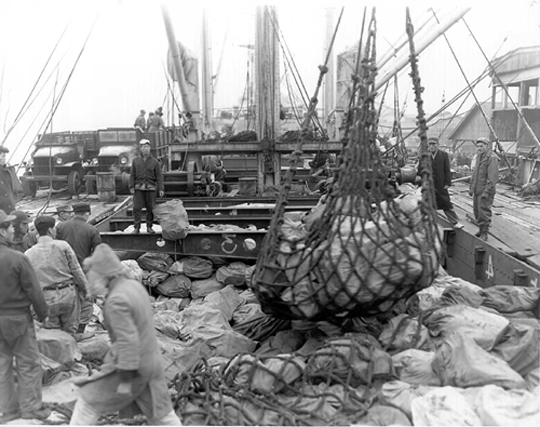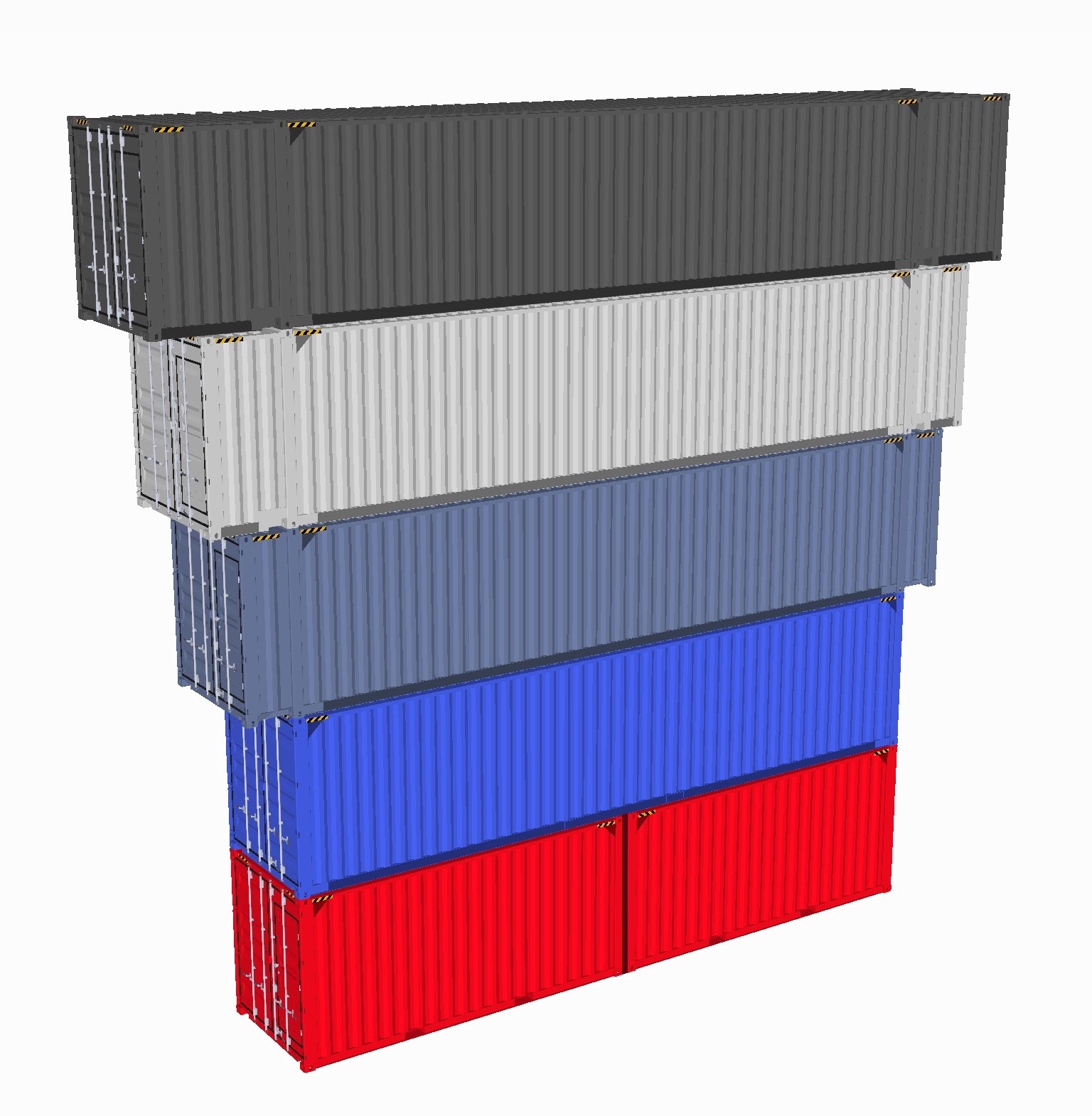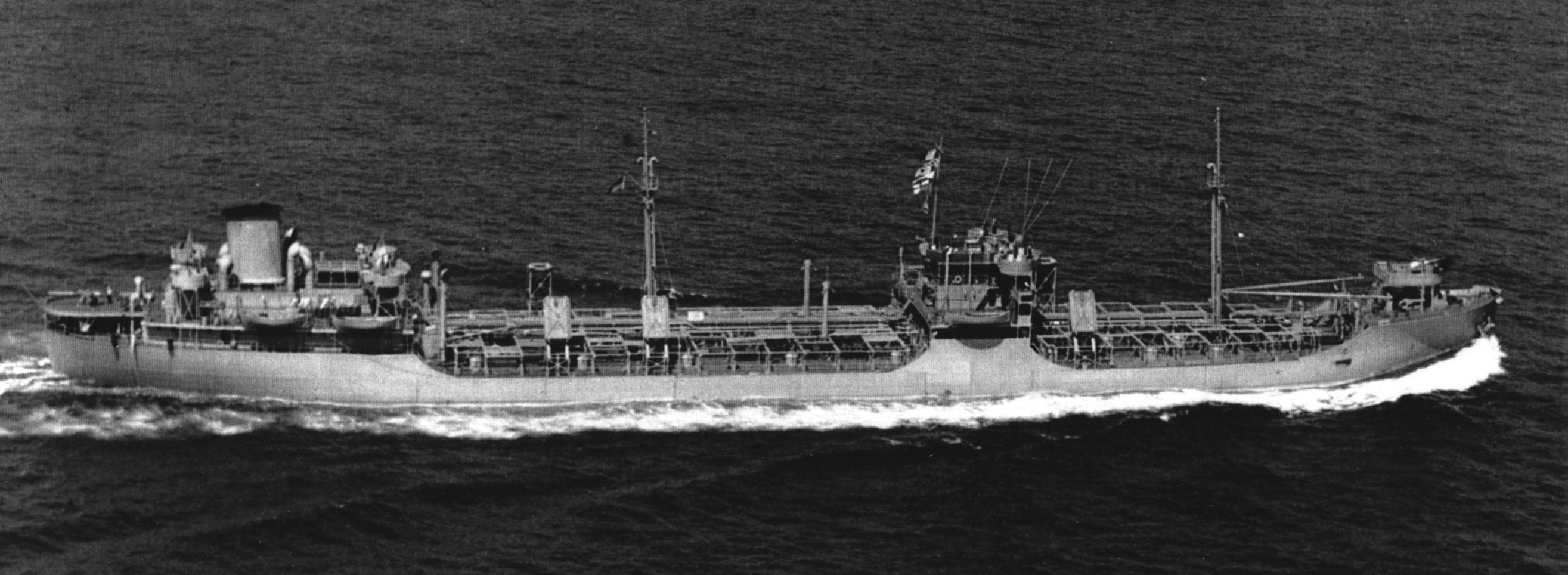|
Tsingtao Express
''Tsingtao Express'' is owned by Hapag-Lloyd, one of the largest container ship companies in the world. The ship is registered in Hamburg, Germany Germany, officially the Federal Republic of Germany (FRG),, is a country in Central Europe. It is the most populous member state of the European Union. Germany lies between the Baltic and North Sea to the north and the Alps to the sou .... Hull and engine The ''Tsingtao Express'' is 335.47 m long, with a beam of 42.80 m, and draught of 14,610 m. This ship has a double bottom design giving it a capacity of 8749 TEU, 730 of which may be refrigerated containers. It was completed and christened on April 26, 2007. The ship is powered by a MAN B&W 2 stroke engine with 12 cylinders, capable of producing 93,323 hp driving open fixed pitch propeller. The ship was originally constructed with five auxiliary generators. Two 4,267 kW, one 2,454 kW, one 4,000 kW, and one 1,867 kW. References {{Reflist ... [...More Info...] [...Related Items...] OR: [Wikipedia] [Google] [Baidu] |
Hapag-Lloyd
Hapag-Lloyd AG is a German international shipping and container transportation company. Hapag-Lloyd was formed in 1970 through a merger of Hamburg-American Line (HAPAG) and North German Lloyd. History The company was formed on September 1, 1970, by the merger of two German transportation/maritime companies, Hamburg-American Line (HAPAG), which dated from 1847, and Norddeutscher Lloyd (NDL) or North German Lloyd (NGL), which was formed in 1857. Since its formation, Hapag-Lloyd has seen changes among its shareholders and has also undergone a number of mergers with other companies. For instance, Hapag-Lloyd was completely acquired by, and became a subsidiary of TUI AG (Hanover) in 1998. This transition was followed by TUI selling a majority stake of Hapag-Lloyd to private investors in Hamburg in 2009 and further sales in 2012. Other important events in the company's history include Hapag-Lloyd's acquisition of CP Ships in 2005 as well as Hapag-Lloyd's merger with the contain ... [...More Info...] [...Related Items...] OR: [Wikipedia] [Google] [Baidu] |
Hyundai Heavy Industries
Hyundai Heavy Industries Co., Ltd. (HHI; ) is the world's largest shipbuilding company and a major heavy equipment manufacturer. Its headquarters are in Ulsan, South Korea. History HHI was founded in 1972 by Chung Ju-yung as a division of the Hyundai Group, and in 1974, completed building its first ships. In 2002, the company was spun-off from its parent company. HHI has four core business divisions: Shipbuilding, Offshore & Engineering, Industrial Plant & Engineering, and Engine & Machinery. HHI also has five non-core related subsidiaries: Hyundai Electric & Energy Systems, Hyundai Construction Equipment, Hyundai Robotics, Hyundai Heavy Industries Green Energy, and Hyundai Global Service. The Hyundai Group started as a small South Korean construction firm in 1947, headed by its founder, Korean entrepreneur Chung Ju-yung. Another widely known and closely related Korean company, the Hyundai Motor Company, was founded in 1967, five years prior to the founding of the Heavy ... [...More Info...] [...Related Items...] OR: [Wikipedia] [Google] [Baidu] |
Maritime Call Sign
Maritime call signs are call signs assigned as unique identifiers to ships and boats. All radio transmissions must be individually identified by the call sign. Merchant and naval vessels are assigned call signs by their national licensing authorities. History One of the earliest applications of radiotelegraph operation, long predating broadcast radio, were marine radio stations installed aboard ships at sea. In the absence of international standards, early transmitters constructed after Guglielmo Marconi's first trans- Atlantic message in 1901 were issued arbitrary two-letter calls by radio companies, alone or later preceded by a one-letter company identifier. These mimicked an earlier railroad telegraph convention where short, two-letter identifiers served as Morse code Morse code is a method used in telecommunication to encode text characters as standardized sequences of two different signal durations, called ''dots'' and ''dashes'', or ''dits'' and ''dahs''. Morse c ... [...More Info...] [...Related Items...] OR: [Wikipedia] [Google] [Baidu] |
MAN B&W
MAN Diesel SE was a German manufacturer of large-bore diesel engines for marine propulsion systems and power plant applications. In 2010 it was merged with MAN Turbo to form MAN Diesel & Turbo. History * In 1980, MAN acquired the Burmeister & Wain Danish shipyard and diesel engine producer. Though engine production at Christianshavn was later discontinued in 1987, successful engine programs were rolled out. At Teglholmen in 1988 a spare parts and key components production factory was established as was an R&D Centre at the same site in 1992. Though all Copenhagen operations were consolidated at Teglholmen in 1994 and the last volume production unit at the B&W Shipyard was delivered in 1996, in 2000 MAN B&W Diesel two-stroke diesel engines had over 70% market share, with a substantial number of MC-line engines on order. * The electronically controlled line of ME diesel two-stroke engines was added in 2002 with a maximum cylinder bore of 108 cm. MAN B&W Diesel, Denmark, em ... [...More Info...] [...Related Items...] OR: [Wikipedia] [Google] [Baidu] |
Container Ship
A container ship (also called boxship or spelled containership) is a cargo ship that carries all of its load in truck-size intermodal containers, in a technique called containerization. Container ships are a common means of commercial intermodal freight transport and now carry most seagoing non-bulk cargo. Container ship capacity is measured in twenty-foot equivalent units (TEU). Typical loads are a mix of 20-foot (1-TEU) and 40-foot (2-TEU) ISO-standard containers, with the latter predominant. Today, about 90% of non- bulk cargo worldwide is transported by container ships, and the largest modern container ships can carry up to 24,000 TEU (e.g., '' Ever Ace''). Container ships now rival crude oil tankers and bulk carriers as the largest commercial seaborne vessels. History There are two main types of dry cargo: bulk cargo and break bulk cargo. Bulk cargoes, like grain or coal, are transported unpackaged in the hull of the ship, generally in large volume. Break-bu ... [...More Info...] [...Related Items...] OR: [Wikipedia] [Google] [Baidu] |
Hamburg
Hamburg (, ; nds, label=Hamburg German, Low Saxon, Hamborg ), officially the Free and Hanseatic City of Hamburg (german: Freie und Hansestadt Hamburg; nds, label=Low Saxon, Friee un Hansestadt Hamborg),. is the List of cities in Germany by population, second-largest city in Germany after Berlin, as well as the overall List of cities in the European Union by population within city limits, 7th largest city and largest non-capital city in the European Union with a population of over 1.85 million. Hamburg's urban area has a population of around 2.5 million and is part of the Hamburg Metropolitan Region, which has a population of over 5.1 million people in total. The city lies on the River Elbe and two of its tributaries, the River Alster and the Bille (Elbe), River Bille. One of Germany's 16 States of Germany, federated states, Hamburg is surrounded by Schleswig-Holstein to the north and Lower Saxony to the south. The official name reflects History of Hamburg, Hamburg's history ... [...More Info...] [...Related Items...] OR: [Wikipedia] [Google] [Baidu] |
Germany
Germany, officially the Federal Republic of Germany (FRG),, is a country in Central Europe. It is the most populous member state of the European Union. Germany lies between the Baltic and North Sea to the north and the Alps to the south. Its 16 constituent states have a total population of over 84 million in an area of . It borders Denmark to the north, Poland and Czechia to the east, Austria and Switzerland to the south, and France, Luxembourg, Belgium, and the Netherlands to the west. The nation's capital and most populous city is Berlin and its main financial centre is Frankfurt; the largest urban area is the Ruhr. Settlement in what is now Germany began in the Lower Paleolithic, with various tribes inhabiting it from the Neolithic onward, chiefly the Celts. Various Germanic tribes have inhabited the northern parts of modern Germany since classical antiquity. A region named Germania was documented before AD 100. In 962, the Kingdom of Germany formed the ... [...More Info...] [...Related Items...] OR: [Wikipedia] [Google] [Baidu] |
Beam (nautical)
The beam of a ship is its width at its widest point. The maximum beam (BMAX) is the distance between planes passing through the outer extremities of the ship, beam of the hull (BH) only includes permanently fixed parts of the hull, and beam at waterline (BWL) is the maximum width where the hull intersects the surface of the water. Generally speaking, the wider the beam of a ship (or boat), the more initial stability it has, at the expense of secondary stability in the event of a capsize, where more energy is required to right the vessel from its inverted position. A ship that heels on her ''beam ends'' has her deck beams nearly vertical. Typical values Typical length-to-beam ratios ( aspect ratios) for small sailboats are from 2:1 (dinghies to trailerable sailboats around ) to 5:1 (racing sailboats over ). Large ships have widely varying beam ratios, some as large as 20:1. Rowing shells In watercraft, a racing shell (also referred to as just a ''fine boat'' (UK) or just ' ... [...More Info...] [...Related Items...] OR: [Wikipedia] [Google] [Baidu] |
Twenty-foot Equivalent Unit
The twenty-foot equivalent unit (abbreviated TEU or teu) is an inexact unit of cargo capacity, often used for container ships and container ports.Rowlett, 2004. It is based on the volume of a intermodal container, a standard-sized metal box which can be easily transferred between different modes of transportation, such as ships, trains, and trucks. The container is defined by its length, although the height is not standardized and ranges between and , with the most common height being . It is common to designate a container as 2 TEU, rather than 2.25 TEU. Forty-foot equivalent unit The standard intermodal container is designated as twenty feet long (6.1m) and wide. Additionally there is a standard container with the same width but a doubled length of forty feet called a 40-foot (12.2m) container, which equals one forty-foot equivalent unit (often FEU or feu) in cargo transportation (considered to be two TEU, see below). In order to allow stacking of these types a forty ... [...More Info...] [...Related Items...] OR: [Wikipedia] [Google] [Baidu] |
2 Stroke Engine
A two-stroke (or two-stroke cycle) engine is a type of internal combustion engine that completes a power cycle with two strokes (up and down movements) of the piston during one power cycle, this power cycle being completed in one revolution of the crankshaft. A four-stroke engine requires four strokes of the piston to complete a power cycle during two crankshaft revolutions. In a two-stroke engine, the end of the combustion stroke and the beginning of the compression stroke happen simultaneously, with the intake and exhaust (or scavenging) functions occurring at the same time. Two-stroke engines often have a high power-to-weight ratio, power being available in a narrow range of rotational speeds called the power band. Two-stroke engines have fewer moving parts than four-stroke engines. History The first commercial two-stroke engine involving cylinder compression is attributed to Scottish engineer Dugald Clerk, who patented his design in 1881. However, unlike most later two-s ... [...More Info...] [...Related Items...] OR: [Wikipedia] [Google] [Baidu] |
Container Ships
A container ship (also called boxship or spelled containership) is a cargo ship that carries all of its load in truck-size intermodal containers, in a technique called containerization. Container ships are a common means of commercial intermodal freight transport and now carry most seagoing non-bulk cargo. Container ship capacity is measured in twenty-foot equivalent units (TEU). Typical loads are a mix of 20-foot (1-TEU) and 40-foot (2-TEU) ISO-standard containers, with the latter predominant. Today, about 90% of non- bulk cargo worldwide is transported by container ships, and the largest modern container ships can carry up to 24,000 TEU (e.g., '' Ever Ace''). Container ships now rival crude oil tankers and bulk carriers as the largest commercial seaborne vessels. History There are two main types of dry cargo: bulk cargo and break bulk cargo. Bulk cargoes, like grain or coal, are transported unpackaged in the hull of the ship, generally in large volume. Break-bu ... [...More Info...] [...Related Items...] OR: [Wikipedia] [Google] [Baidu] |
2007 Ships
7 (seven) is the natural number following 6 and preceding 8. It is the only prime number preceding a cube. As an early prime number in the series of positive integers, the number seven has greatly symbolic associations in religion, mythology, superstition and philosophy. The seven Classical planets resulted in seven being the number of days in a week. It is often considered lucky in Western culture and is often seen as Symbolism of the Number 7, highly symbolic. Unlike Western culture, in Vietnamese culture, the number seven is sometimes considered unlucky. It is the first natural number whose pronunciation contains more than one syllable. Evolution of the Arabic digit In the Brahmi numerals, beginning, Indians wrote 7 more or less in one stroke as a curve that looks like an uppercase vertically inverted. The western Ghubar Arabs' main contribution was to make the longer line diagonal rather than straight, though they showed some tendencies to making the digit more rectilinea ... [...More Info...] [...Related Items...] OR: [Wikipedia] [Google] [Baidu] |





